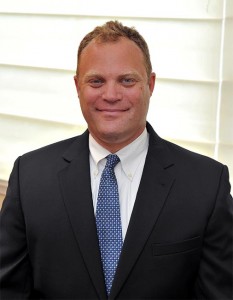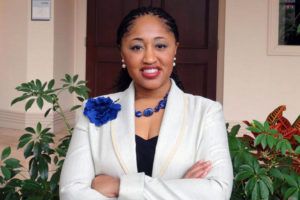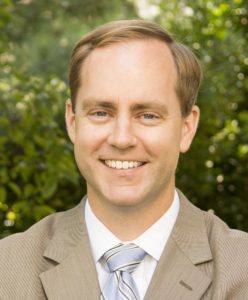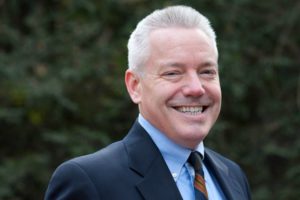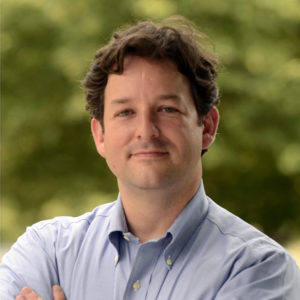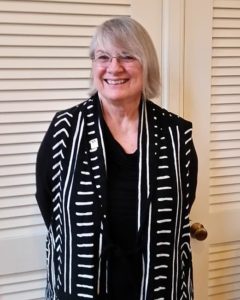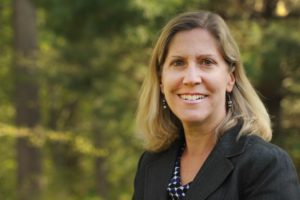 Progressive Voice is a weekly opinion column. The views and opinions expressed in the column are those of the individual authors and do not necessarily reflect the views of their organizations or ARLnow.com.
Progressive Voice is a weekly opinion column. The views and opinions expressed in the column are those of the individual authors and do not necessarily reflect the views of their organizations or ARLnow.com.
By Abby Raphael
One in five women has been sexually assaulted while in college, according to a 2016 report of the Bureau of Justice Statistics. This statistic does not begin to capture the reality of being a victim of sexual assault. At Duke University, students organize an annual photo exhibition of survivors. These stories about the assaults, and the reactions of friends, family, and campus officials, can be found at: https://www.facebook.com/dukebreakingout.
Recognizing the serious problem of campus sexual violence, Governor McAuliffe established a Task Force on Combatting Campus Sexual Violence in 2014, chaired by Attorney General Mark Herring. The Task Force issued its report in May 2015, with 21 recommendations focused on providing a coordinated and trauma-informed response to survivors of sexual assault, improving campus policies and procedures, and minimizing barriers to reporting.
The 2016 Virginia General Assembly acted swiftly to enact legislation based on many Task Force recommendations, including development of curricula on trauma-informed sexual assault investigations; new requirements for the storage and analysis of Physical Evidence Recovery Kits to assist in the prosecution of sexual assault cases; enhanced information-sharing between universities and local law enforcement agencies; and wider participation by campus officials in Sexual Assault Response Teams, convened by local Commonwealth’s Attorneys.
The Governor’s Task Force also addressed prevention of sexual assault on college campuses, recognizing that education should start in elementary, middle and high school, with a focus on healthy relationships. Such education efforts not only can help prevent sexual assault in college, but also address the reality that middle and high school students also are victims. According to the U.S. Department of Education, one in five female high school students reports being physically harmed and/or sexually abused by a dating partner. It is important to note that male students also are victims of sexual assault in secondary school and college.
In Arlington, much work is being done to promote healthy relationships and prevent sexual assault involving our young people. This includes the Arlington Public Schools (APS) health curriculum taught through tenth grade. In December 2015, APS partnered with PAVE (Promoting Awareness | Victim Empowerment), a national non-profit, to host a national SafeBAE Summit. SafeBAE (Before Anyone Else) is a national campaign to raise awareness about sexual assault in middle and high schools.


